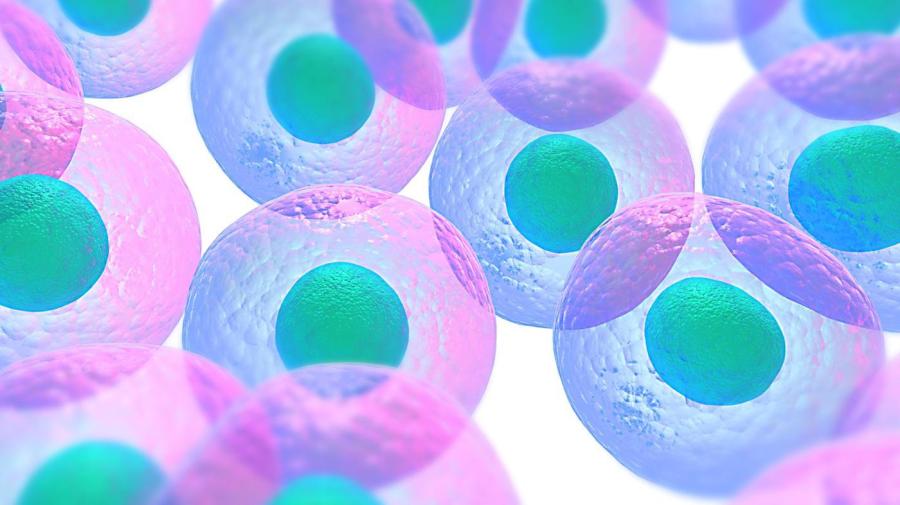What Is the Structure of the Nucleus in a Cell?

The structure of a nucleus contains a nuclear membrane, chromosomes, nucleolus and cytoplasm. It is a sphere-shaped organelle found in eukaryotic cells. The nucleus contains most of the cell’s genetic material and is responsible for controlling the cell’s growth, movement, reproduction and eating.
The word “nucleus” stems from Latin and means “kernel.” The nucleus is an important organelle because it coordinates the cell’s genes and regulates gene expression. It is arranged as lengthy linear DNA molecules in conjunction with various proteins to make chromosomes. The inside of the nucleus contains numerous subnuclear bodies made from proteins, molecules and chromosomes.
The nucleus acts as the brain of a cell, but it is not always found at the center. It is a dark mass found in the liquid that fills the cell, which is known as cytoplasm. The nucleus is surrounded by a nuclear envelope, or nuclear membrane, which contains the nucleus, cytoplasm and chromosomes. It includes a double membrane with four phospholipid layers and large pores that materials can pass through. The transport of large molecules like proteins and RNA through the pores is necessary for the maintenance of the chromosomes. The chromosomes contain DNA, which contain the cell’s hereditary information.





